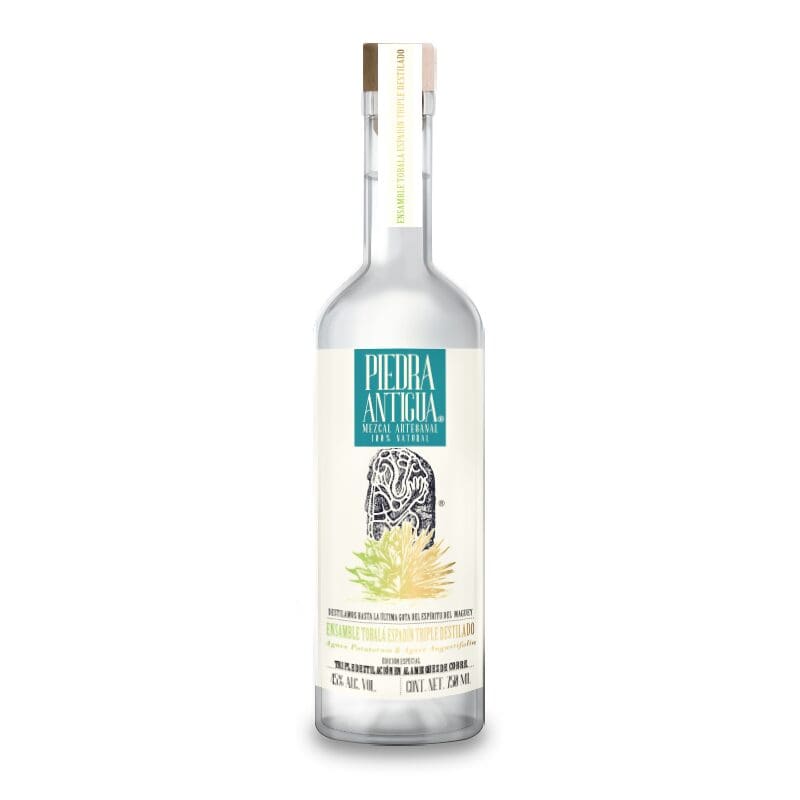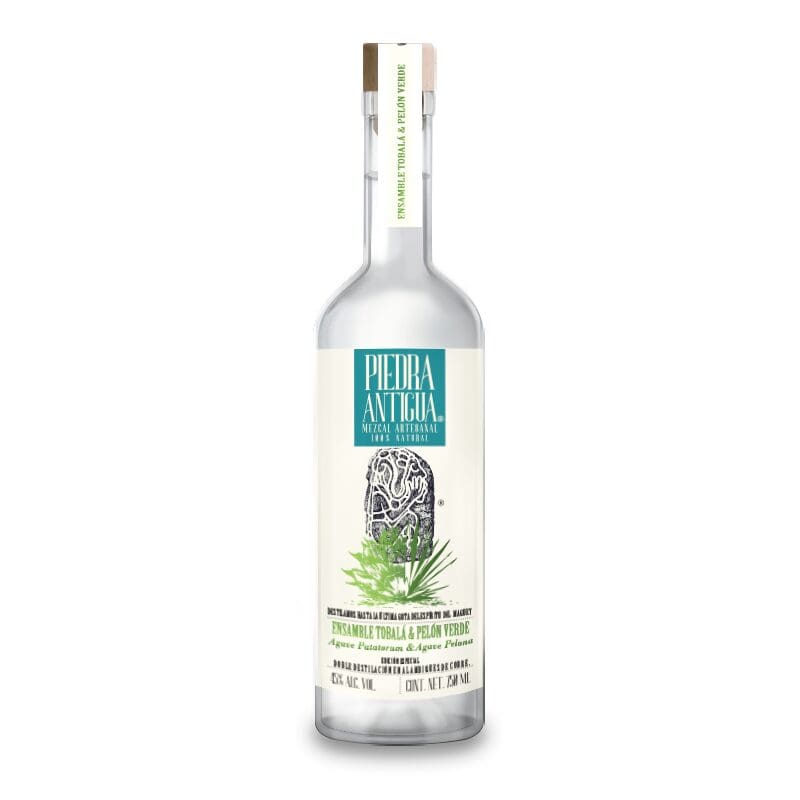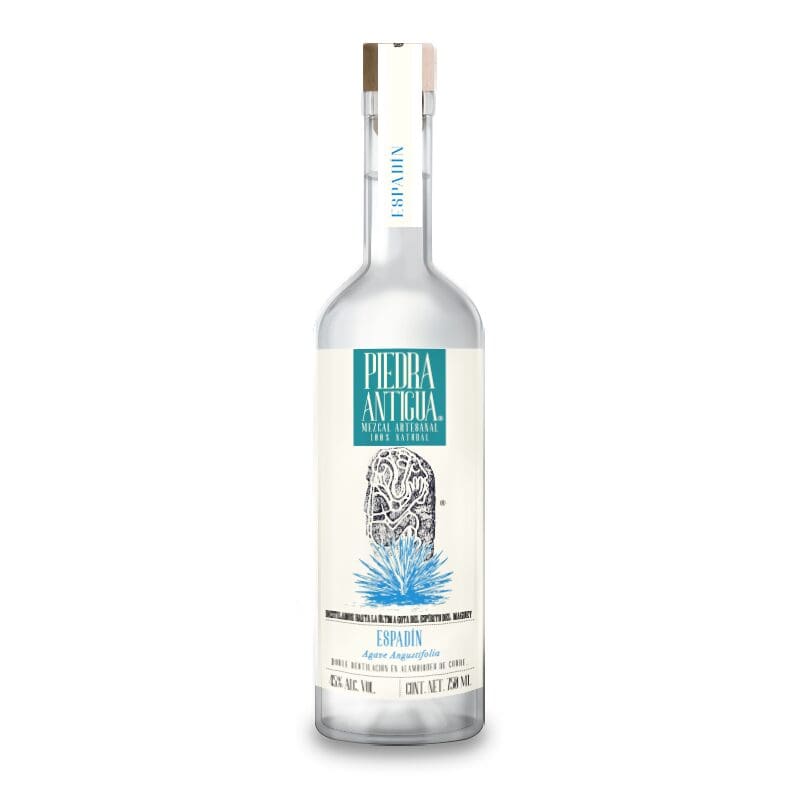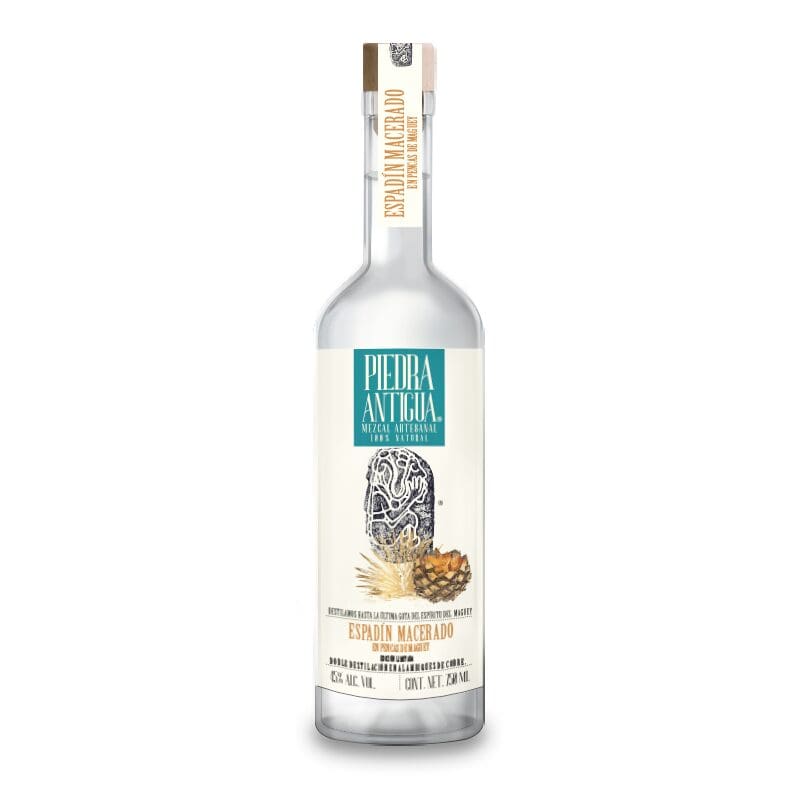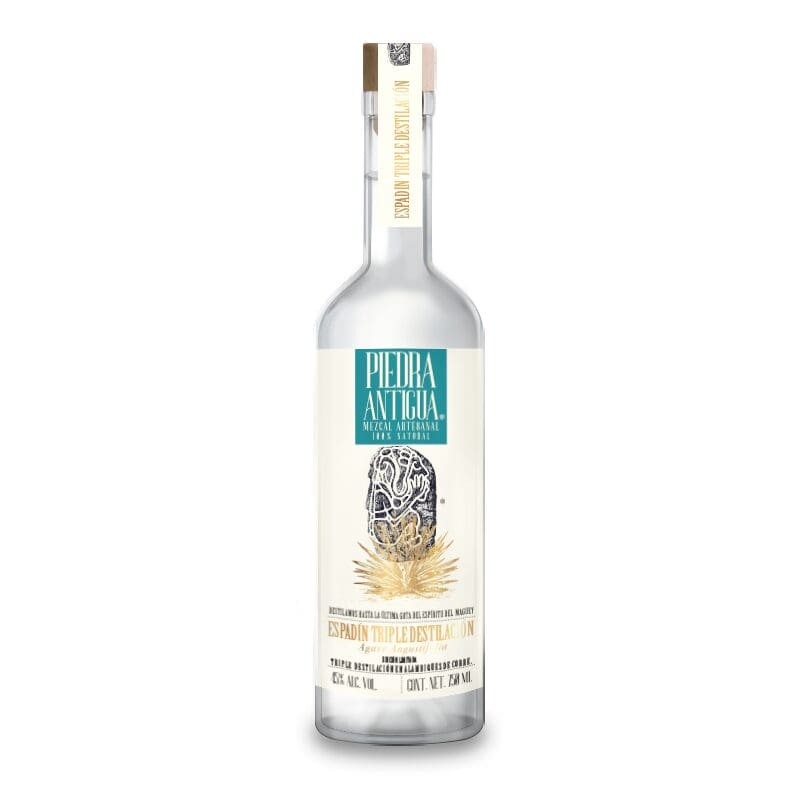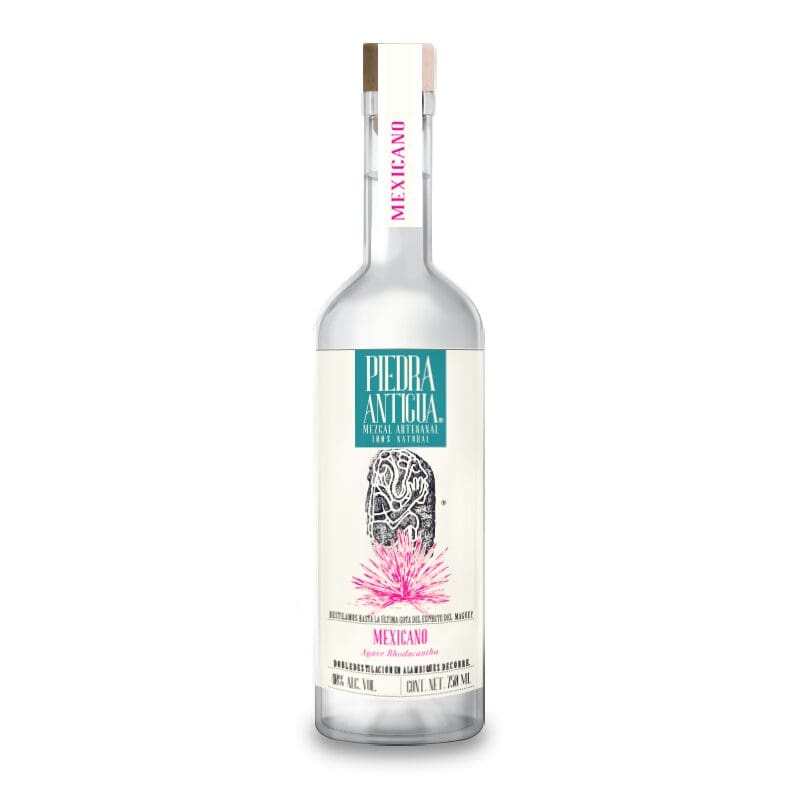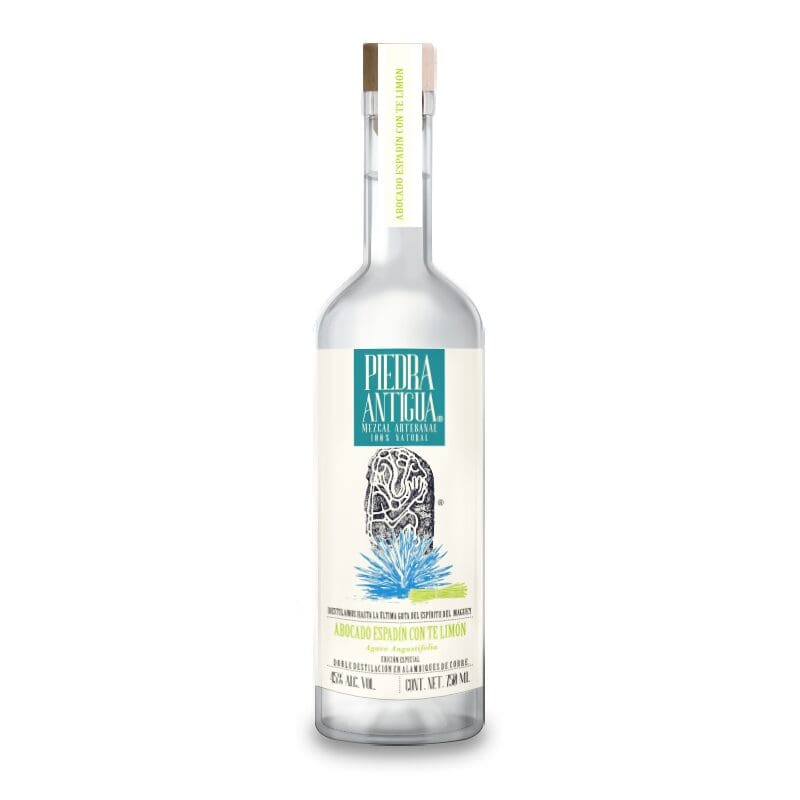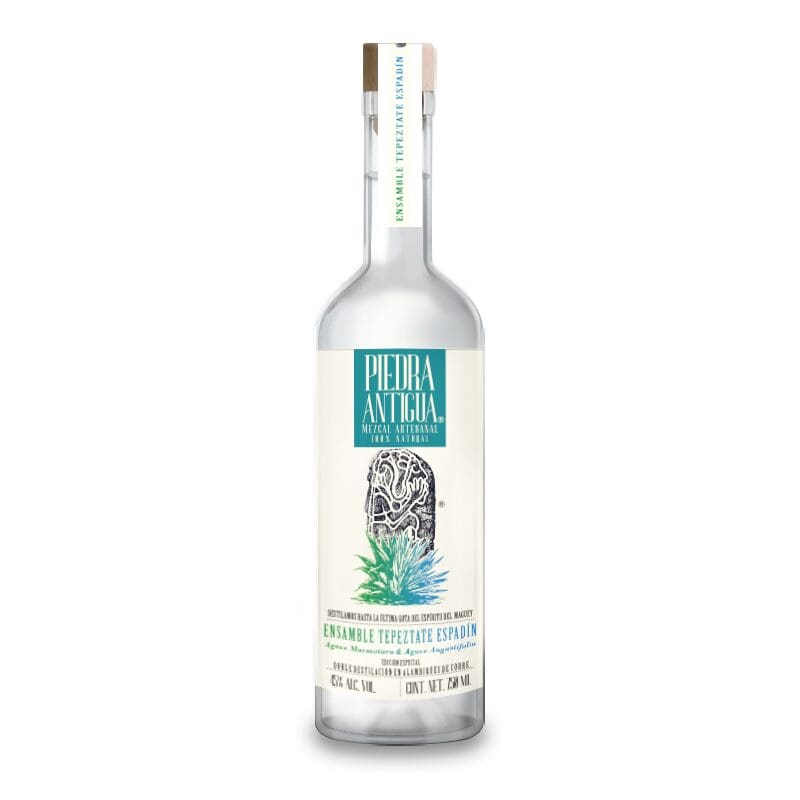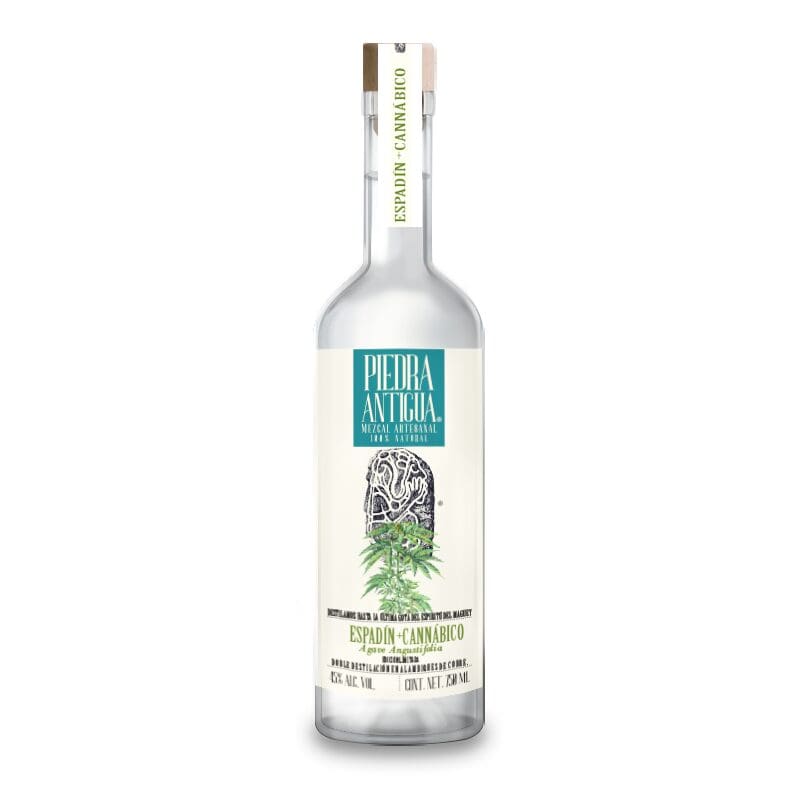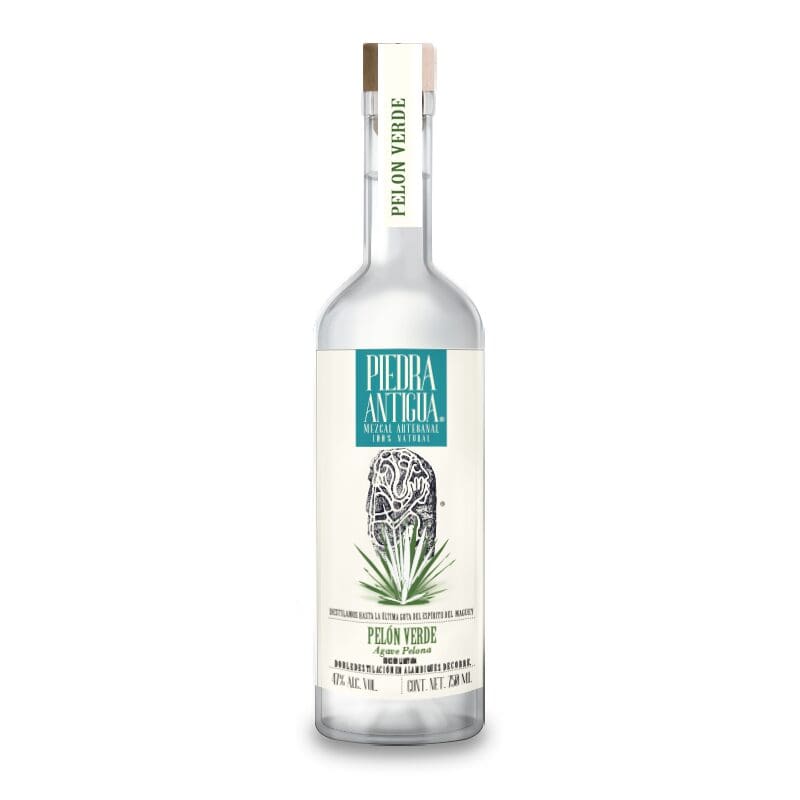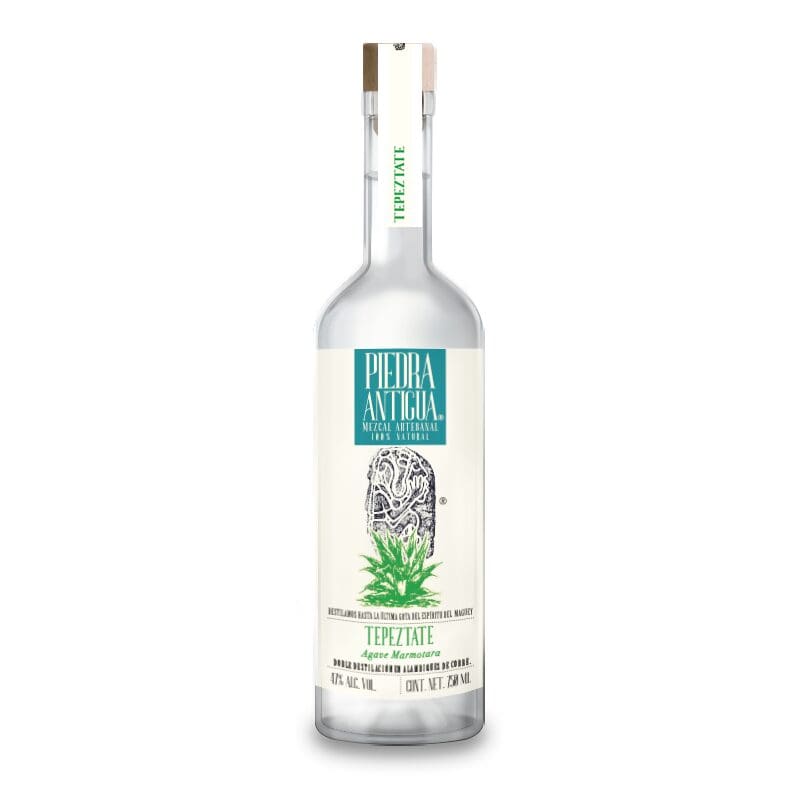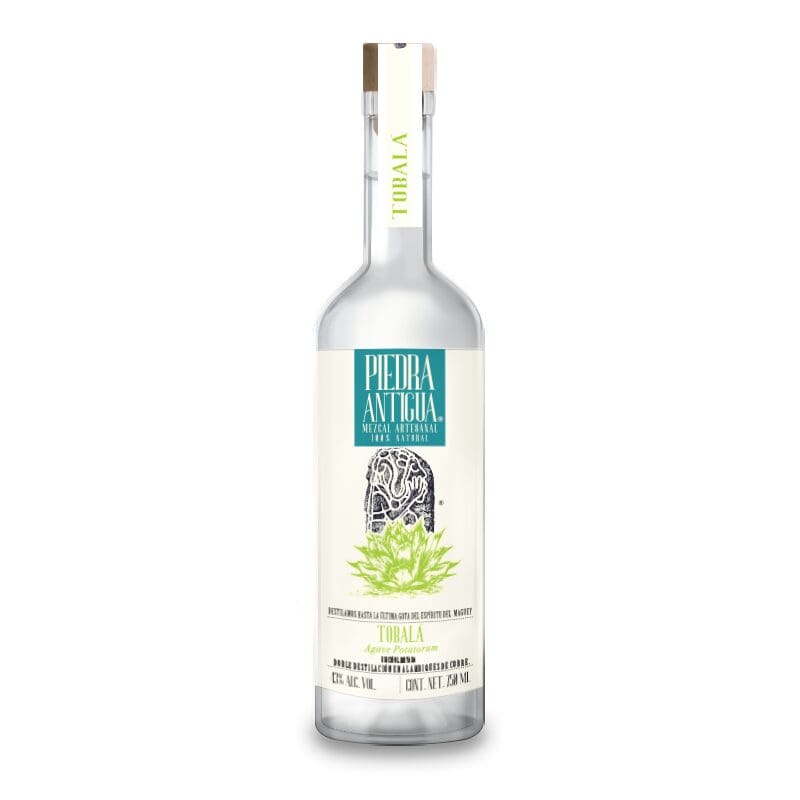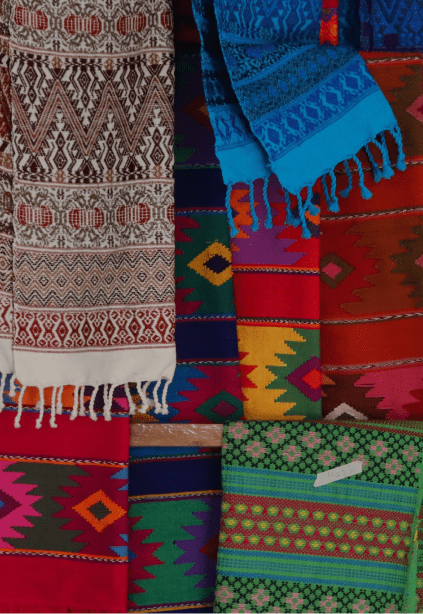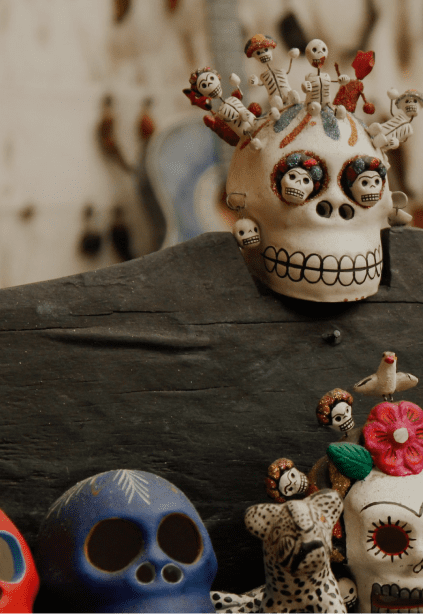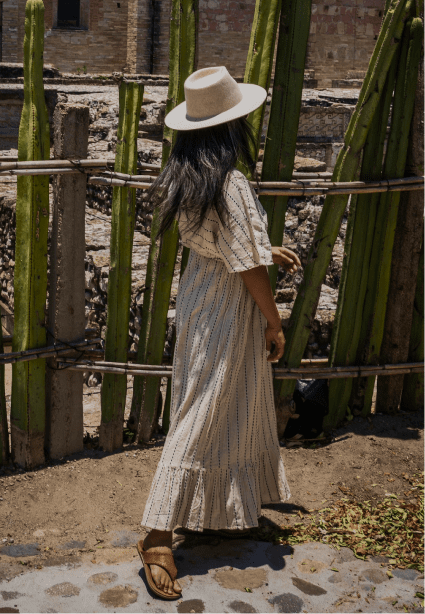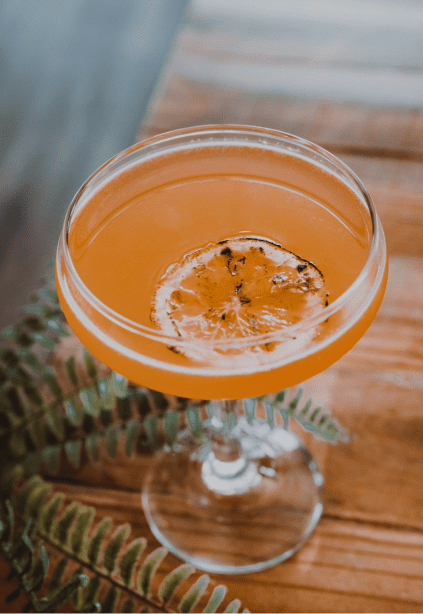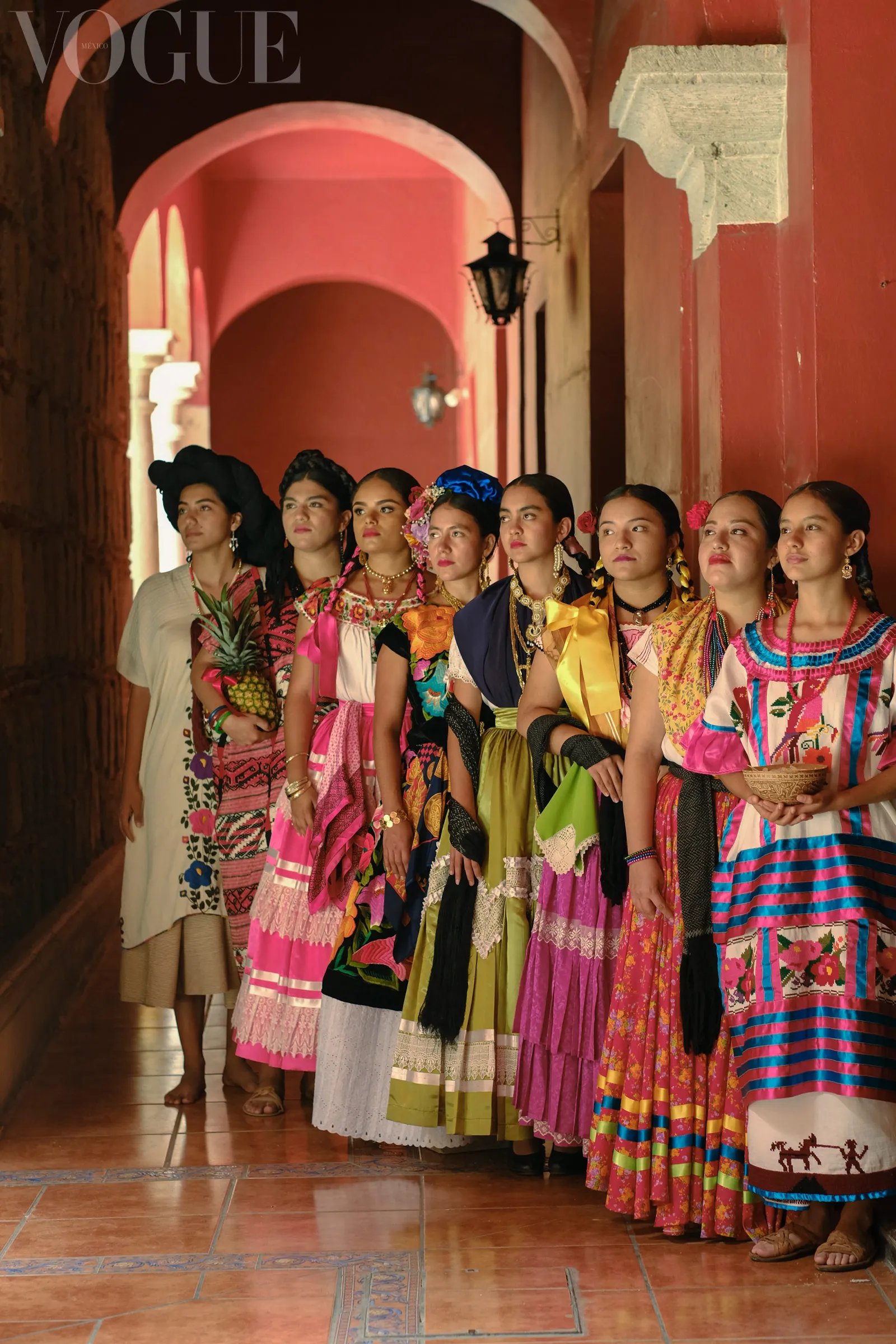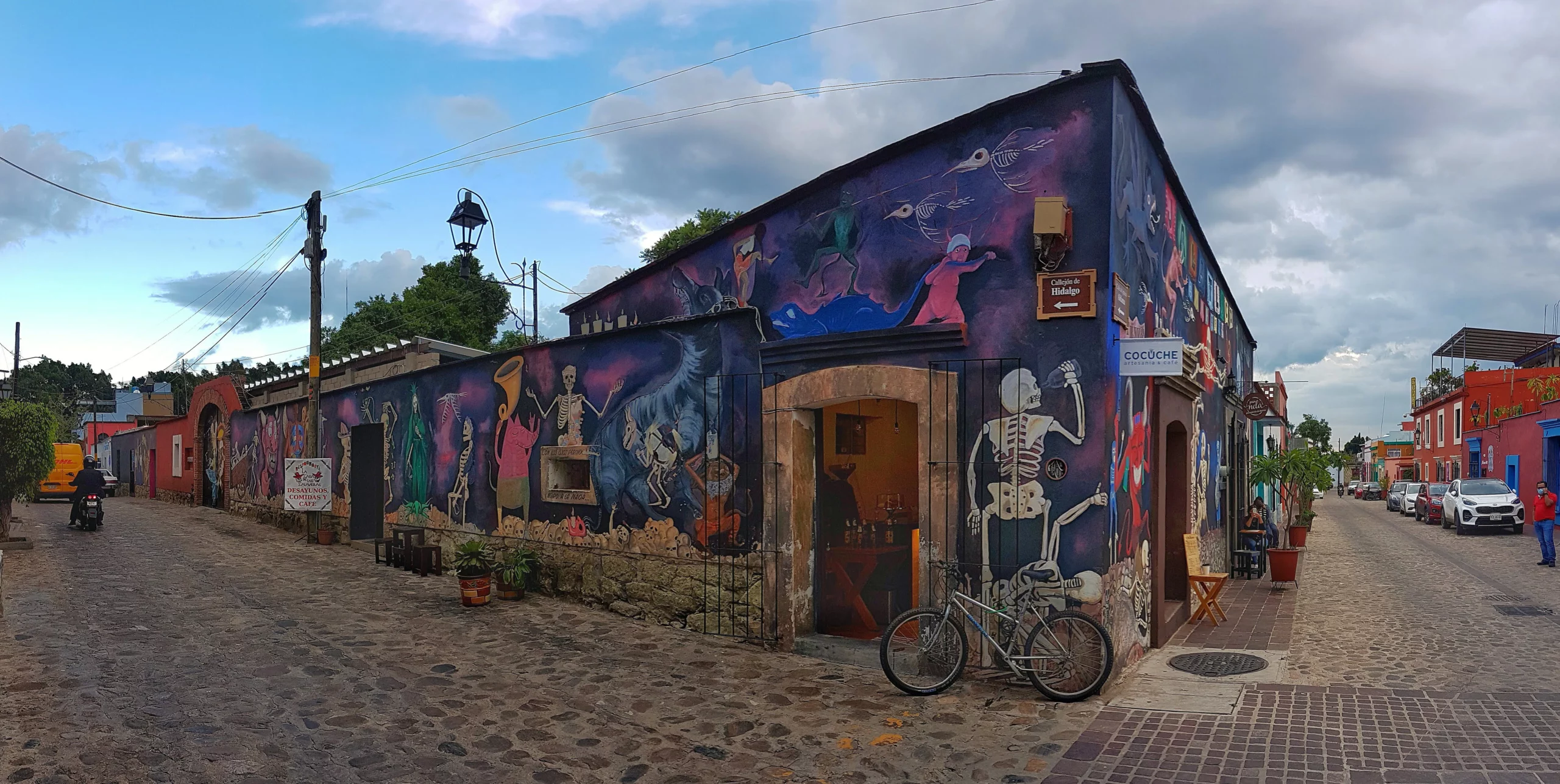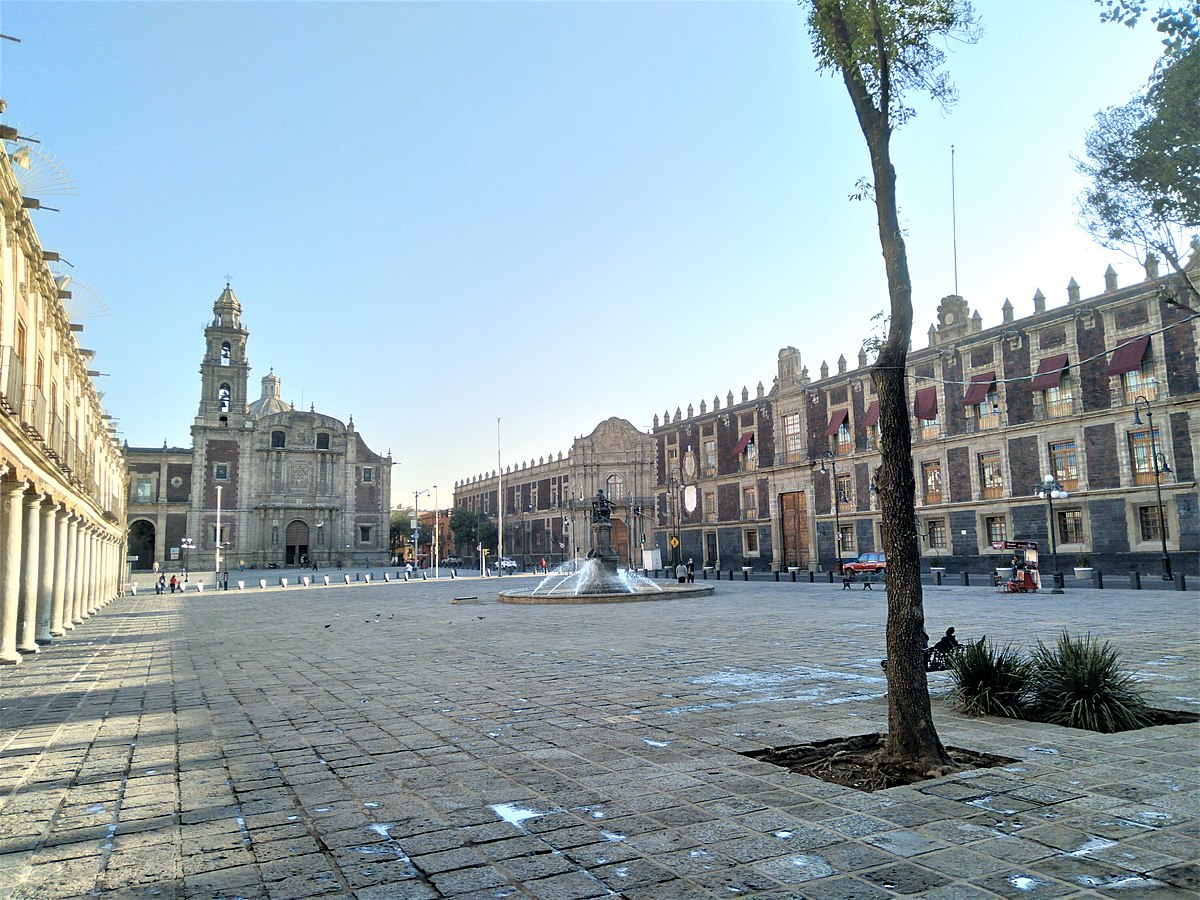Experience the vibrant and colorful celebration of the Day of the Dead in Oaxaca, a region known for its rich traditions and unique festivities. Explore the special customs surrounding the Day of the Dead in Oaxaca, unraveling the meaning and symbolism behind each ritual. From building altars to cemetery visits, street parades, and food offerings, delve into the heart of this Mexican celebration and its deep connection with Oaxaca’s cultural identity and history.
The Cultural Richness of Oaxaca
The Blend of Indigenous and Colonial Traditions
Oaxaca is a melting pot of cultures, where indigenous traditions intertwine with Spanish colonial influences, creating a diverse and rich cultural tapestry. During the Day of the Dead, this fusion is particularly evident. On one hand, pre-Hispanic roots are manifested in the deep respect for nature and ancestors, while on the other, Catholic elements introduced during the colonial era such as masses and religious icons have been incorporated into the celebration. This mix of beliefs is reflected in the vibrant altars that honor the deceased, as well as in the processions and rituals that take place during the festivity.
The Multiple Languages and Ethnicities of Oaxaca
Oaxaca is home to an impressive linguistic and ethnic diversity, with more than 16 different indigenous groups, each with its own language and customs. This ethnic mosaic brings a unique variety to the Day of the Dead celebration. Each community, whether Zapotec, Mixtec, Mazatec, among others, offers a different interpretation of the festivity, adding their own rituals, music, and art to the traditional practices. Likewise, the different languages resonate during the ceremonies and songs, endowing the Day of the Dead in Oaxaca with a sonic and cultural richness that highlights the importance of preserving indigenous traditions in a modern world.
The Day of the Dead: An Ancestral Festivity
Religious Syncretism in the Day of the Dead
The Day of the Dead in Oaxaca is a fascinating example of religious syncretism, where pre-Hispanic traditions have intertwined with Christianity. What were once rituals dedicated to the goddess Mictecacíhuatl, known in Mexica mythology as the ‘Lady of Death’, are now combined with the Catholic commemoration of All Saints’ Day and All Souls’ Day. This encounter of spiritual practices has resulted in a celebration that honors the dead not with mourning but with music, dance, and special meals. The altars or ‘ofrendas’, adorned with food offerings and photos of the deceased, reflect this syncretism by incorporating both Catholic icons and native Mexican elements.
Beliefs About Death in Oaxacan Culture
The attitude towards death in Oaxacan culture is unique and could be said to be even revolutionary, as it challenges the Western notion of death as an absolute end. Here, death is considered an integral part of life, a transition rather than a termination. This belief is evident during the Day of the Dead, when it is thought that the spirits of loved ones return to the world of the living to reunite with their families. In the celebrations, humor plays a fundamental role, with sugar skulls and poems known as “calaveritas”, which narrate ironic or witty epitaphs, reflecting a familiarity with death imbued with warmth and respect. This understanding of death not only comforts but also celebrates life and the memory of those who are no longer physically present.
Preparations for the Day of the Dead in Oaxaca
The Characteristic Altars of Oaxaca
Altars are a central element in the celebration of the Day of the Dead in Oaxaca. Built in homes and public places, these altars are not only a tribute to loved ones who have passed away, but also an invitation for their souls to return to visit the world of the living. Each altar is a work of art in itself, filled with vibrant colors and elements that represent the four elements of nature: earth, wind, water, and fire. Oaxacans decorate with tablecloths and papel picado, while candles and copal serve to illuminate and purify the souls’ path.
The Offering: Food, Drinks, and Symbolic Objects
Offerings are essential elements of the altars and are carefully selected to reflect the tastes and personality of the deceased. Typical foods and drinks include Oaxacan mole, tamales, hot chocolate, and mezcal, along with pan de muerto, a special sweet bread adorned with bone-shaped figures. In addition to food, personal items and photographs are added to remember and celebrate the lives of those who have passed away. These offerings are a display of affection and remembrance, establishing an emotional bond with the afterlife.
Sand Tapestries and Marigold Flowers
Sand tapestries are another distinctive tradition of the Day of the Dead in Oaxaca. These intricate artistic creations, made with colored sand, salt, or sawdust, often include designs with religious motifs or representations of Death. They are found both in public places and on the altars’ shrines, where they complement the aromas and colors of marigold flowers. These brightly colored flowers, known as ‘flowers of the dead’, are an iconic symbol of the festivity and are used to trace paths that guide souls to their offerings and altars, filling the environment with their distinctive fragrance and ephemeral beauty.
Specific Celebrations and Traditions of Oaxaca
The Processions and Parades
The streets of Oaxaca come to life during the Day of the Dead with the processions, groups of people dressed up who parade through the streets to the rhythm of music. These parades are a mix of carnival and procession, where the bustle of the costumes blends with the solemnity of remembrance. Skull masks, vibrant costumes, and folk music create a captivating spectacle. The ‘comparsa’ invites locals and visitors to join, either marching in the procession or simply observing and enjoying the show on the decorated streets of Oaxaca.
Candles and Tomb Vigils
One of the most touching traditions is the vigil held in Oaxaca’s cemeteries. Entire families gather around the tombs of their loved ones, cleaning and decorating them with marigold flowers, candles, and offerings. As night falls, the cemeteries are illuminated with the soft glow of candles, and the air is filled with prayers and chants. This vigil becomes an intimate celebration where, amidst companionship and memory, the bond between the living and the dead is reaffirmed. The practice reflects the belief in spiritual continuity and represents a form of care and honor that transcends death.
Sampling Oaxacan Cuisine During the Day of the Dead
Pan de Muerto and Oaxacan Chocolate
Pan de Muerto is a gastronomic emblem of this celebratory time. This fluffy and sweet bread, typically adorned with figures that evoke bones and sprinkled with sugar, perfectly accompanies Oaxacan chocolate, world-famous. This chocolate, distinguished by its artisanal preparation and its fusion with cinnamon and almonds, is usually served hot and frothy, becoming the ideal comforting complement for the cool nights of the Mexican autumn.
Tlayudas, Mole, and Mezcal
Oaxacan cuisine is known for its diversity and richness, and during the Day of the Dead, you can taste dishes that are truly representative of the region. Tlayudas, large toasted tortillas covered with mashed beans, cheese, meat, and other ingredients, are a popular and versatile dish ideal for any time of day. Mole, on the other hand, is an ancestral recipe that combines chilies, chocolate, and a variety of spices creating a deep and complex flavor that is the very essence of Oaxacan cuisine. To accompany these delicacies, mezcal, a distilled spirit made from agave, offers the perfect smoky note that rounds out any Day of the Dead feast in Oaxaca.
The Day of the Dead in Oaxaca is a unique tradition that combines history, culture, and art in a vibrant way. It is a celebration of life and death that showcases the beliefs and traditions of the local people. The extravagant altars, food offerings, and streets filled with music and dance are part of this wonderful festivity that attracts visitors from all over the world.
Living the Day of the Dead in Oaxaca is an unforgettable experience that offers a new perspective on death and celebrates the cycle of life. Be sure to visit Oaxaca during this celebration to fully enjoy this colorful and emotional celebration.
Frequently Asked Questions
How do indigenous and colonial traditions blend in the celebration of the Day of the Dead in Oaxaca?
The Day of the Dead in Oaxaca is a mixture of pre-Hispanic and Catholic traditions. Indigenous beliefs about death and the afterlife merge with Catholicism to create a unique festival that celebrates life and honors the dead.
What is believed to happen to the dead during the Day of the Dead?
According to Oaxacan tradition, during the Day of the Dead, the spirits of the deceased return to Earth to be with their living relatives. It is believed that these spirits rejoice in the offerings and festivities that the living prepare in their honor.
What are the most typical elements of Oaxacan Day of the Dead altars?
Oaxacan altars are distinguished by being multi-tiered and decorated with marigold flowers, candles, fruits, pan de muerto (bread of the dead), and portraits of the deceased. They may also include personal items of the deceased and elements representing the four natural elements.
What is commonly included in Day of the Dead offerings?
Day of the Dead offerings include a variety of foods, such as pan de muerto, chocolate, and mole, as well as beverages like mezcal. Personal objects of the deceased, candles, marigold flowers, and sometimes the favorite foods of the deceased are also added.
What are sand tapestries, and why are they important in this celebration?
Sand tapestries are artistic designs created on the ground with colored sand. During the Day of the Dead, they are used to adorn the streets and cemeteries in honor of the deceased. They are an expression of ephemeral art, as they disappear after being appreciated.
How are comparsas and parades celebrated in Oaxaca?
Comparsas and parades are a key part of the celebration in Oaxaca, where groups of people dress up and dance through the streets to the rhythm of music. These parades are full of color and joy, often representing scenes of life after death.
What do ‘Velas’ and ‘Tomb Vigils’ refer to?
‘Velas’ are vigils held in homes or cemeteries, where families gather to remember and honor their deceased loved ones. ‘Tomb Vigils’ are when people spend the entire night by a loved one’s grave, often adorning the tomb and sharing stories or memories about the deceased.
What foods are typical of the Day of the Dead celebration in Oaxaca?
Some typical foods of this celebration in Oaxaca are pan de muerto, a sweet bread with bone and tear-shaped figures, and mole, a traditional dish served during important festivities. Oaxacan hot chocolate and tlayuda, a large tortilla served with a variety of ingredients, are also common. Mezcal, an alcoholic beverage, is also traditional during these dates.
Can tourists participate in the Day of the Dead celebrations in Oaxaca?
Yes, tourists are welcome to participate in the celebrations. It is an opportunity to learn about and experience a deep cultural tradition. Visitors can join the comparsas, visit cemeteries during vigils, and admire altars and sand tapestries. However, they are asked to do so with respect and sensitivity to the local culture.
Why is the Day of the Dead in Oaxaca considered a UNESCO Cultural Heritage of Humanity?
The Day of the Dead in Oaxaca is considered a UNESCO Cultural Heritage of Humanity because of its deep cultural significance and its unique representation of the indigenous peoples of Mexico’s views on life, death, and reincarnation.


